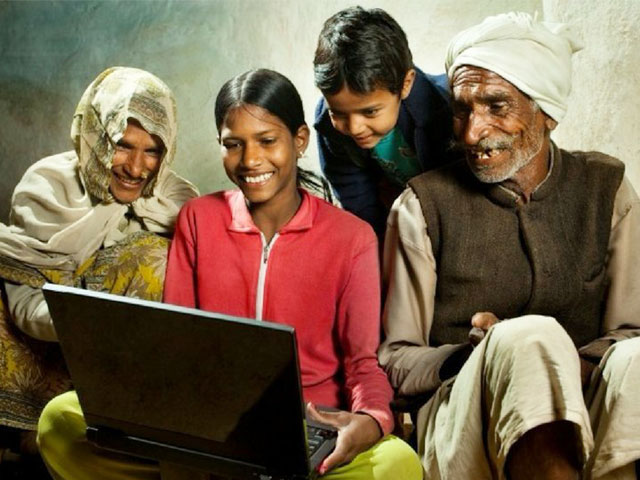According to a new report, it seems that Indian languages are gaining favour over the internet, as it is being said that allowing users to choose an Indian language of their choice to access the information available online can actually increase the user base by up to 200 million!
As of December 2017, India had a user base of 481 million people who were accessing the internet, making us the country with the second highest number of internet users in the world, coming second only after China.
Also, it is expected that by June 2018, this number will rise to 500 million users.
According to the report that was shared after a study conducted by the not for profit industry body known as Internet and Mobile Association of India (IAMAI) and the market research firm called Kantar IMRB, offering online information in various Indian languages would bring in at least 23 current internet non-users and convert them into internet users.
The study was carried across 170 cities and towns with about 60,000 individuals, and across 750 villages with about 15,000 individuals.
One of the main findings of the report stated that at the moment, India was not seeing as many internet users in areas such as digital payments, online job search engines, e-commerce portals and so on, especially because there was a clear divide in the language that is currently available. As English is the main language used in mostly all these areas of operation online, it limits the number of users in India who can access it.
Also, content available in Indian languages barely makes up for about 0.1 percent of the worldwide internet content.

Image Credit: twitter
In comparison, China, which ranks number one in the number of internet users, has used its local language Mandarin as the main script for using internet content and accessing information online. As a result, it is also the second most popular language on the internet after English, which is the most popular language used online across the world.
India has a total of 22 languages that are currently spoken on a regular basis, so I can imagine why using only English may not be the best choice. For instance, I often receive a lot of interesting messages and article links from my help, who is fluent in her vernacular, and accesses sites that offer her information in a language she can easily read.
What is clear from the study is that we do have a huge base of new users that can move over to the online world, provided we bring in ease of access for them in terms of the languages that are on offer. Maybe that will happen soon, and we’ll get to choose our own language preferences.
Read Also: Have You Heard About The First Gender-Neutral Toilet In An Indian Educational Institute?








